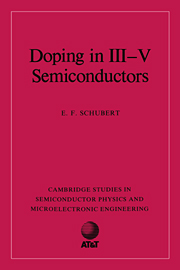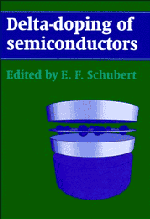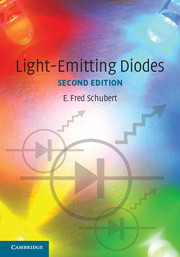Doping in III-V Semiconductors
This is the first book to describe thoroughly the many facets of doping in compound semiconductors. Equal emphasis is given to the fundamental materials physics and to the technological aspects of doping. The author describes in detail all the various techniques, including doping during epitaxial growth, doping by implantation, and doping by diffusion. The key characteristics of all dopants that have been employed in III–V semiconductors are discussed. In addition, general characteristics of dopants are analyzed, including the electrical activity, saturation, amphotericity, auto-compensation and maximum attainable dopant concentration. The timely topic of highly doped semiconductors is discussed as well. Technologically important deep levels are summarized. The properties of deep levels are presented phenomenologically. The final chapter is dedicated to the experimental characterization of impurities.
- The author is from AT&T, one of the most influential semiconductor physics laboratories in the world
- The first book to describe thoroughly the many facets of doping in compound semiconductors
- Could be used as a text for certain graduate courses in electrical engineering and materials science
Product details
May 2012Adobe eBook Reader
9781139240598
0 pages
0kg
240 b/w illus. 1 table
This ISBN is for an eBook version which is distributed on our behalf by a third party.
Table of Contents
- 1. Shallow impurities
- 2. Phenomenology of deep levels
- 3. Semiconductor statistics
- 4. Growth technologies
- 5. Doping with elemental sources
- 6. Gaseous doping sources
- 7. Impurity characteristics
- 8. Redistribution of impurities
- 9. Deep centers
- 10. Doping in heterostructures, quantum wells, and superlattices
- 11. Delta doping
- 12. Characterization technique.






